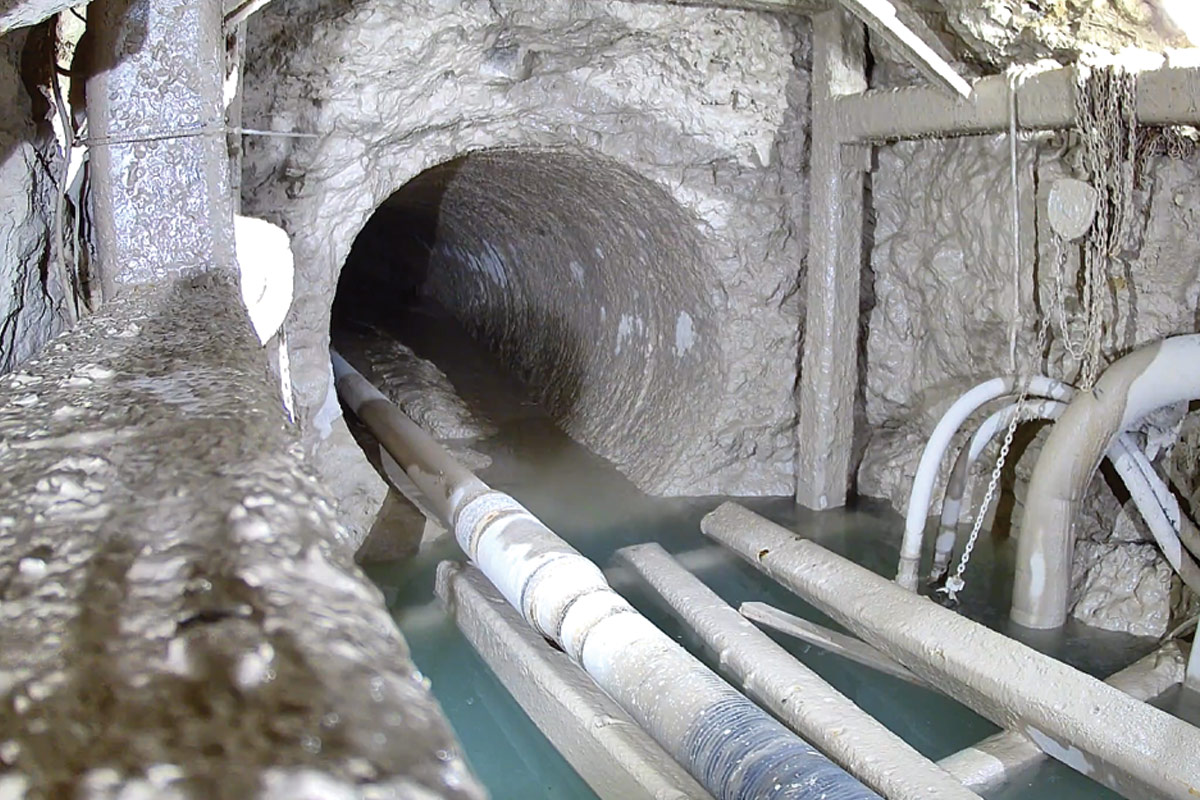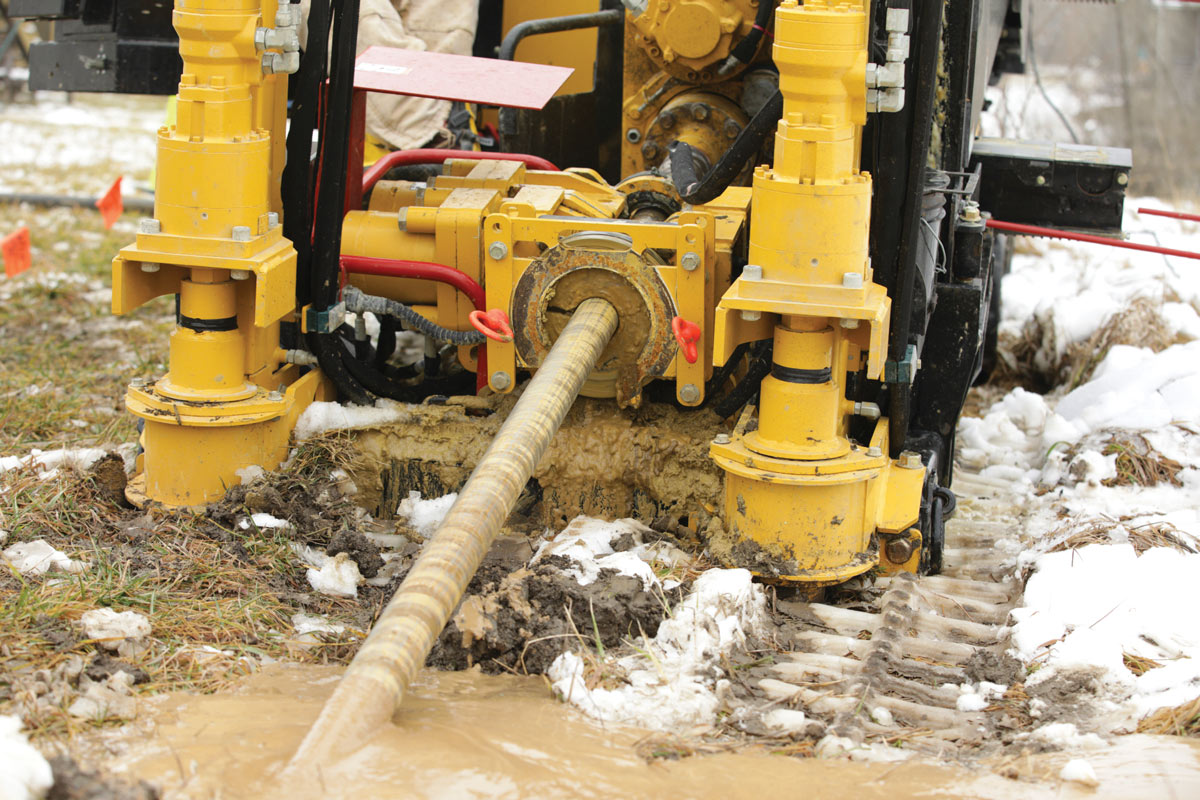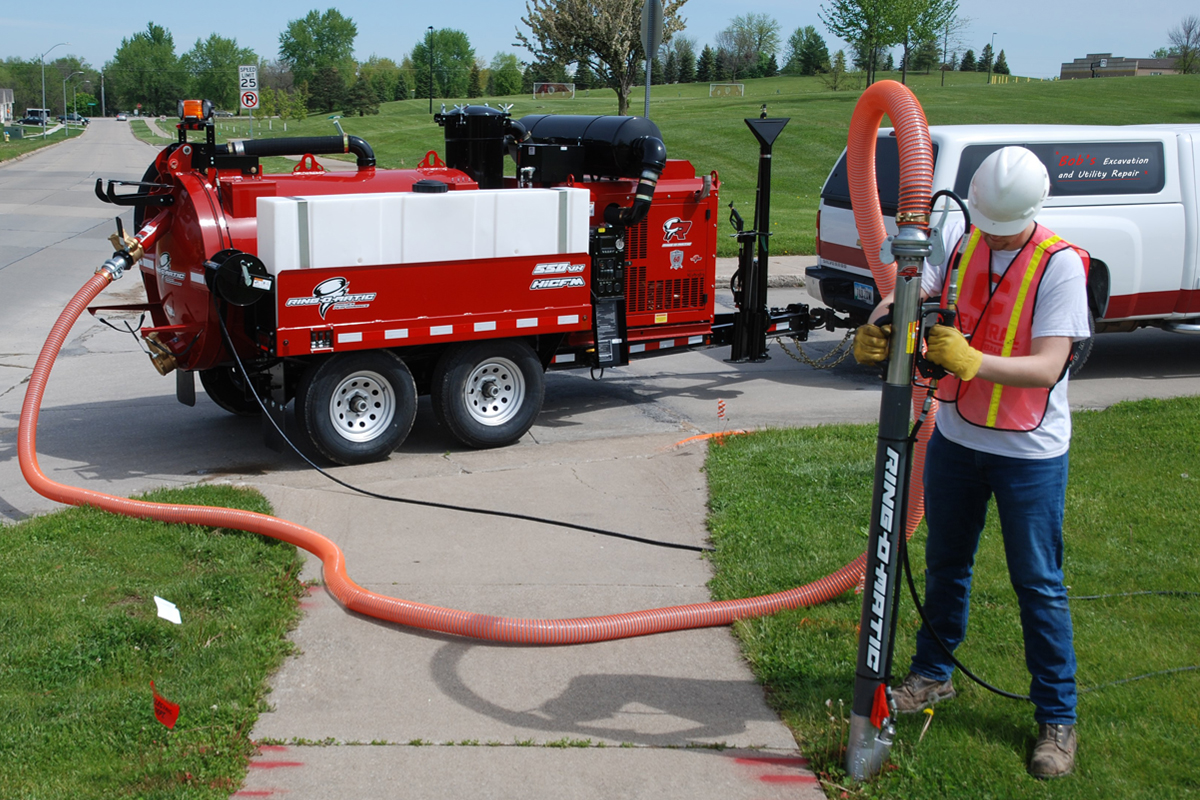
Cutting Drilling Fluid Costs by Optimizing Design, Efficiency and Waste Management
Drilling fluids are an essential component of all horizontal directional drilling (HDD) crossings, regardless of the size or length of the project. They are crucial for carrying cuttings, stabilizing the bore, and ensuring smooth operations.
Drilling fluid additives serve various functions and come in many forms, each with its own pros and cons. However, they all share a common factor — cost.
Minimizing expenses is a priority for any project manager. Key considerations include minimizing downtime, reducing additive consumption, maximizing progress and recently minimizing disposal. A contractor who stays under budget is more likely to satisfy both themselves and their clients.
To maximize the return on investment of drilling fluid additives, three key points must be addressed: using minimal additives, reducing losses, and maximizing the effectiveness of each additive.
Develop a Drilling Fluid Plan
Achieving these goals starts with properly designing and implementing the fluid system. Ideally, a drilling fluids engineer will develop a fluids plan outlining the additive mixtures to be used, along with estimated volumes, product amounts, and possible effects on disposal.
The geology and geometry of the bore significantly influences this design. Different formations require specific additives to address their unique challenges. Additionally, the bore’s geometry dictates the appropriate fluid properties — such as yield point, viscosity, and gel strengths.
Each additive must address a particular concern with the proper level of response. If possible, additives should serve multiple functions to maximize their value. Conversely, multi-role additives may not perform as well as specialized ones in specific conditions.
For example, polymers can provide fluid loss control and encapsulate reactive cuttings, which makes them effective inhibitors in low and medium plastic clays. However, they are less effective in high plastic clays, where a specialized clay inhibitor combined with a less expensive polymer may be more effective.
Not all geologies will necessitate the use of a high-end additive and can be substituted for a lower cost alternative. It is important to note that some fluid will be lost to the solids control equipment, requiring the constant addition of fresh additives.

Separated solids and clear water from dewatering process.
Inadequate solids control equipment often leads to increased additive consumption and unnecessary fluid losses.
Common practices like “dumping and diluting” to manage fluid density, though widespread, result in higher additive use and disposal volumes. This method involves discarding heavy fluid and replacing it with fresh fluid, typically due to poorly designed fluid systems or ineffective solids control setups.
Using efficient shakers, hydrocyclones, and centrifuges can help maintain the fluid, reducing the need for costly practices while making waste volumes more manageable.
Waste Disposal
Waste disposal is an often-overlooked cost in any project. Fluids that are displaced during line pull, dumped or are remaining in the tanks along with the cutting will require proper disposal.
Disposal options vary depending on location, waste type, and regulatory requirements. Common methods include landspraying, mix-bury-cover, or transporting waste to a designated disposal facility via vac truck. Using vac trucks for transport can be costly due to their limited capacity and the need for a specific liquid-to-solid ratio to facilitate easy transfer to the truck.
Vac trucks can increase the final disposal volume and will require more trips to the disposal site to remove a set volume of fluid. As an alternative, disposal techniques like solidification or dewatering can help reduce waste volumes, mitigating disposal costs.
Solidification stands out due to its capacity to absorb the free water in the cuttings, creating a stackable solid that allows for the use of large-capacity transportation options.
Solid waste can be disposed of on-site, eliminating the need for long distance transportation. The choice of solidification agents should be taken into consideration as some agents are bulky (sawdust/bentonite/fly ash) and will contribute more to the final disposal volume significantly affecting cost.
Solidification is not the only effective alternative; dewatering presents another viable option that offers distinct advantages.
Dewatering separates fluid into solids and water. The solids are relatively dry and may only require a small amount of solidification material to make them stackable. The water portion can be reused for dust control, cleaning, or, if it meets environmental standards, pumped off-site. This approach keeps transportation costs low and minimizes the overall environmental impact.
Dewatering can be conducted concurrently with drilling operations as an alternative to dumping and diluting. The reclaimed water can be used to prepare fresh fluid, cutting down on water consumption and the associated delivery costs to site.

Effective Management = Success
Effective management of drilling fluids is crucial for the success of any HDD project, directly influencing both operational efficiency and overall project costs.
By carefully designing the fluid plan, optimizing solids control, and implementing efficient waste disposal strategies, project managers can significantly reduce expenses while maintaining high performance standards. As the industry evolves, staying informed about best practices and emerging technologies will be key to sustaining cost-effective and environmentally responsible drilling operations.
Ultimately, a well-managed drilling fluid system not only ensures smooth project progression but also contributes to long-term profitability and client satisfaction.
Brandan McGuire is global technical manager at NorthStar Fluid Solutions.




